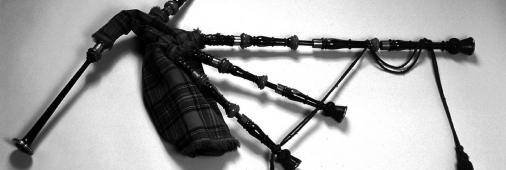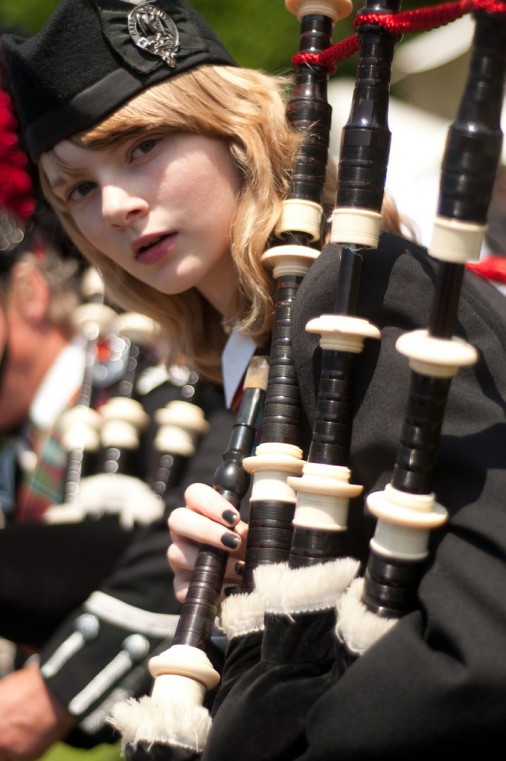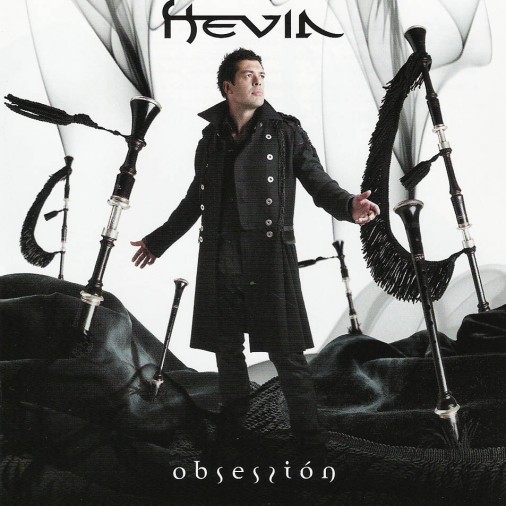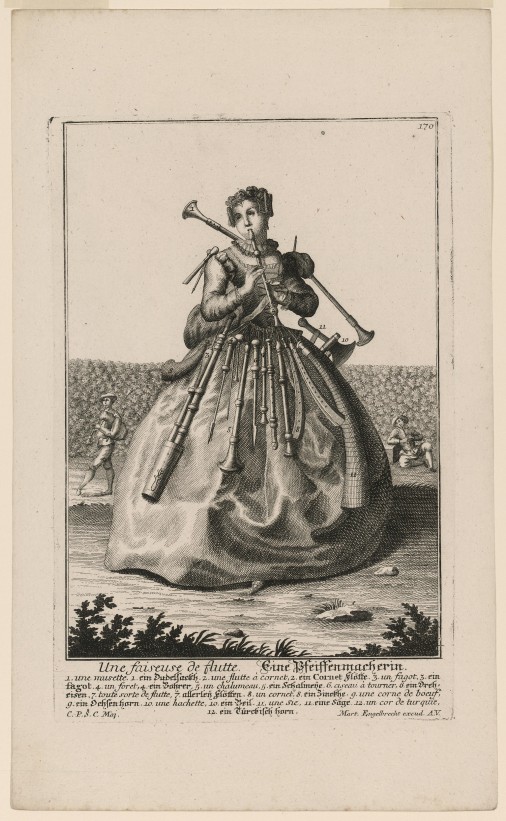Hold Your Breath… It’s The Electronic Bagpipes

Electronic bagpipes are the latest version of a musical instrument – and genre – that has been around for centuries. Herdsmen, royalty, soldiers – all have a tradition of playing and enjoying some version of the bag-pipes. There is something about the haunting, yet piercing, melodies created by these instruments that have guaranteed their popularity for hundreds of years.
A Scottish funeral lament “Flowers of the Forest” played by Jimmy Mitchell, a Texas Bagpiper
Why are bag-pipes so perennially popular? Well, think about it, how many instruments can you name that can simultaneously rouse the spirits for battle and then sing to the heavens a lament that echoes the pain of death, devastation and loss? How many instruments can play a melody of love so haunting and beautiful that the heart of your beloved is bound to melt – and then provide celebratory music at the wedding that ensues?
Very few.
But bag-pipes can accomplish all of those things – and more.
It is no mystery then, that this traditional instrument of love, sadness, celebration and war should make its way into modern, electronic times. The first electronic bagpipes were introduced c.1962 and have undergone many improvements since then. Unlike the traditional bagpipe, which is played by blowing into the instrument, the electronic versions are emulators which have a simulated chanter that is used to play the melody. Many also have a harmonizing drone.
The electronic pipes are played in much the same way as traditional pipes (minus the blowing) by simply covering and uncovering the holes. Many models now also include a bag which makes the instrument look more like traditional pipes but rather than pumping air, the player exerts pressure on the bag which activates a switch to maintain a constant tone.
There are electronic bagpipe versions of all the varieties of pipes from around the world. The most famous exponent of the electronic bag-pipes is a Spanish – or specifically Asturian – piper named José Ángel Hevia Velasco, or Hevia for short.
In 2000, Hevia, an accomplished Asturian gaita player, found that his asthma was preventing him from playing the pipes for a whole concert. So, in collaboration with a software engineer, Alberto Arias, and a technician, Miguel Dopico, Hevia helped to create a set of electronic Asturian bagpipes. This set of bagpipes looks and feels much more like the traditional instrument than other electronic bagpipes.
A Demo of the new Hevia Electronic Bagpipes
Since then other pipes emulating many different regional bag-pipes have been produced. Hevia is, however, probably still the most famous electronic bag-pipe player on the music scene.
Play Bagpipes On Your iPad
However, the winner for the simplest, cheapest and most easily accessible version of the electronic bag-pipes is definitely this -
Bagpipes Royale for iPad
Sources:
- Edinburgh University Collection of Historic Musical Instruments
- Electronic Bagpipes on Wikipedia



Leave a Comment
Logged in as - Log out